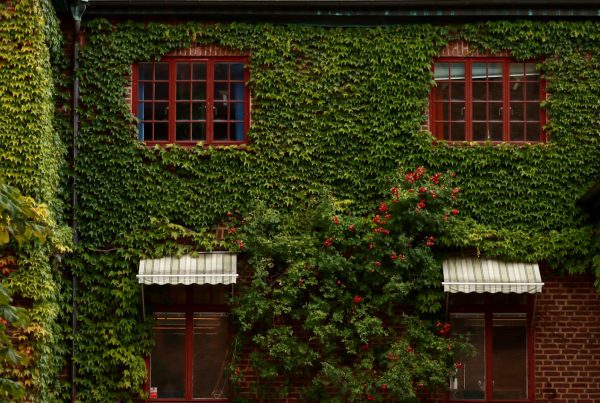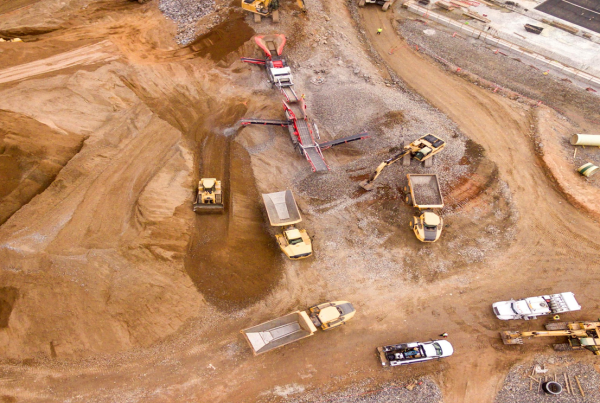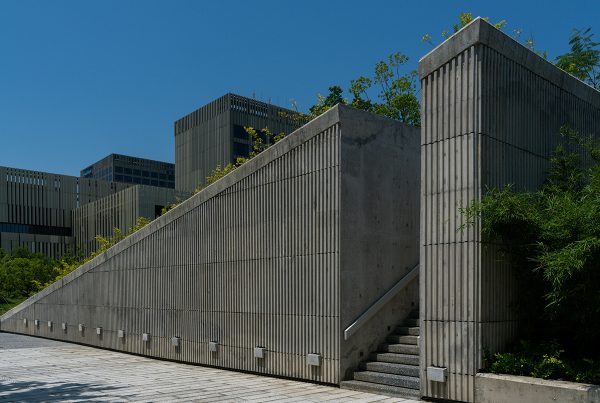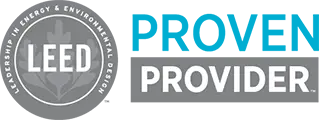Building green is no easy task. If it’s your first time, ask any LEED contractor and you’ll be introduced to an elaborate process of planning that borders on obsessive compulsiveness.

Hiring a certified LEED contractor: indispensable to green building (Photo Credit: GreenLivingSolutionsNJ.com)
What is LEED anyway?
LEED, currently the gold standard in green building certification, is all about making a difference in the way buildings are constructed, so that the environmental impact is reduced as much as possible. Building green takes all areas of nature into consideration: the air, water, soil, the ecosystem as a whole, and of course the people too: the building’s occupants and the community.
That’s the environmental reason for building green through LEED. On the financial side, it’s also a win-win scenario.
- LEED-certified buildings, being energy efficient and high-performance, have lower operational and maintenance costs than regular buildings.
- LEED certification increases a building’s property value.
- LEED certification qualifies you for government incentives and tax allowances.
- Return of investment is high for LEED certified buildings.
If you want a more compelling reason to build green other than the environmental and financial aspects, consider the fact that building green results in far better indoor air quality. That may seem inconsequential, but over the life of a building, air quality will have a significant difference in the health, well-being, and work performance of its occupants (who spend anywhere from 9 to 12 hours inside offices—even more so in the case of residential homes).
As you can see, the benefits of getting your building LEED certified far outweigh any difficulties you might encounter in the certification process. Those difficulties are there for a reason because the USGBC has designed LEED to be a rigorous certification program. With the help of a LEED Accredited Professional (LEED AP) however, your visions for a green sustainable building can be fully realized.
What Does a LEED Contractor Do?
For the design phase, your LEED contractor will discuss with you the level of LEED certification that’s feasible with the budget at hand. He or she will decide which sustainable materials are best to use, as well as the specifications.
He or she might suggest ways of stretching that level of certification—not by cutting corners—but by looking for and taking advantage of crucial relationships (synergies) among different green components of a building. By tweaking the specs creatively—for example utilizing natural light rather than relying on smart LED bulbs—your contractor could save you money and translate those savings into additional LEED points.
Ideally, a good LEED contractor sets goals for « life cycle » value-engineering rather than « first cost » value-engineering. With the latter, your only concern is to reduce cost. With the former, you take into account the return of investment of a particular green feature as it pays for itself in a few years or maybe even a few months.
Also, your LEED consultant will track down the chain of custody. Constantly he or she will be communicating with everyone in the project. And there’s the paperwork too. LEED certification calls for continuous and vigilant documentation of every little detail especially since the third party LEED reviewers can’t always be present onsite. The paperwork alone for LEED can be daunting.
Everything down to the last detail must be planned since any alteration could mean the loss of a couple precious LEED points. So you see we’re not kidding on the obsessive compulsiveness thing.
Ways for a Building to Go Green
So how did the previously LEED certified buildings do it?
That’s what Christopher Schnaars and Thomas Frank, writing for USA TODAY, wanted to find out. Combing through the records of 7,100 LEED-certified buildings, they came up with a list of 50 options in which LEED consultants have successfully achieved certification.
Those options fall under six major categories:
Sustainable Sites
Water Efficiency
Energy and Atmosphere
Materials and Resources
Indoor Environmental Quality
Hiring a LEED Accredited Professional
The last category—hiring a LEED accredited professional—is understandably the most popular.
| LEED credit | Usage | Description from LEED user guide |
| Hire LEED accredited professional | 99.7{e3829ec1db02d54faaf9fa2de0d48db26af01d7a7944a63c3b26976124791cab} | « You can easily earn this point. » |
| Use low-emitting paints and coatings | 93.3{e3829ec1db02d54faaf9fa2de0d48db26af01d7a7944a63c3b26976124791cab} | « An easy, no-cost credit. » |
| Boost energy performance 10.5{e3829ec1db02d54faaf9fa2de0d48db26af01d7a7944a63c3b26976124791cab} | 92.2{e3829ec1db02d54faaf9fa2de0d48db26af01d7a7944a63c3b26976124791cab} | « the most important credit in LEED » |
| Use low-emitting adhesives and sealants | 91.5{e3829ec1db02d54faaf9fa2de0d48db26af01d7a7944a63c3b26976124791cab} | « it shouldn’t cost you anything to earn this credit » |
| Use recycled materials in construction | 90.9{e3829ec1db02d54faaf9fa2de0d48db26af01d7a7944a63c3b26976124791cab} | « easy to achieve » |
| Reduce water use by 20{e3829ec1db02d54faaf9fa2de0d48db26af01d7a7944a63c3b26976124791cab} | 90.6{e3829ec1db02d54faaf9fa2de0d48db26af01d7a7944a63c3b26976124791cab} | « it’s very doable » |
| Use low-emitting carpet | 89.7{e3829ec1db02d54faaf9fa2de0d48db26af01d7a7944a63c3b26976124791cab} | « a pretty easy credit, with minimal additional cost » |
| Divert half of construction waste from landfill | 89.6{e3829ec1db02d54faaf9fa2de0d48db26af01d7a7944a63c3b26976124791cab} | « the ease or difficulty of this credit depends on project-specific and regional conditions » |
| Boost energy performance 14{e3829ec1db02d54faaf9fa2de0d48db26af01d7a7944a63c3b26976124791cab} | 89{e3829ec1db02d54faaf9fa2de0d48db26af01d7a7944a63c3b26976124791cab} | « the most important credit in LEED » |
| Water-efficient landscaping | 86.9{e3829ec1db02d54faaf9fa2de0d48db26af01d7a7944a63c3b26976124791cab} | « can be either simple or complex » |
The full list here.










